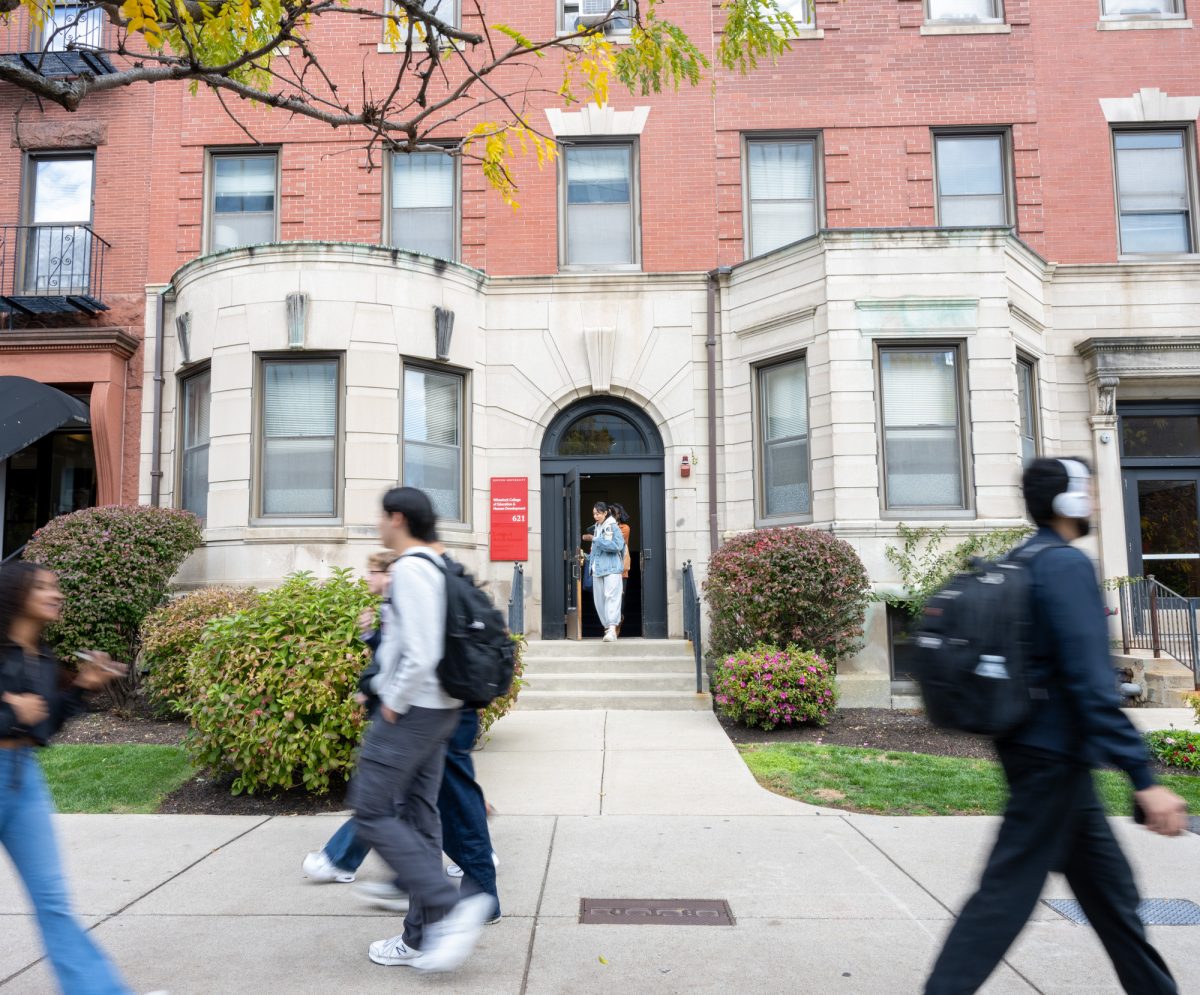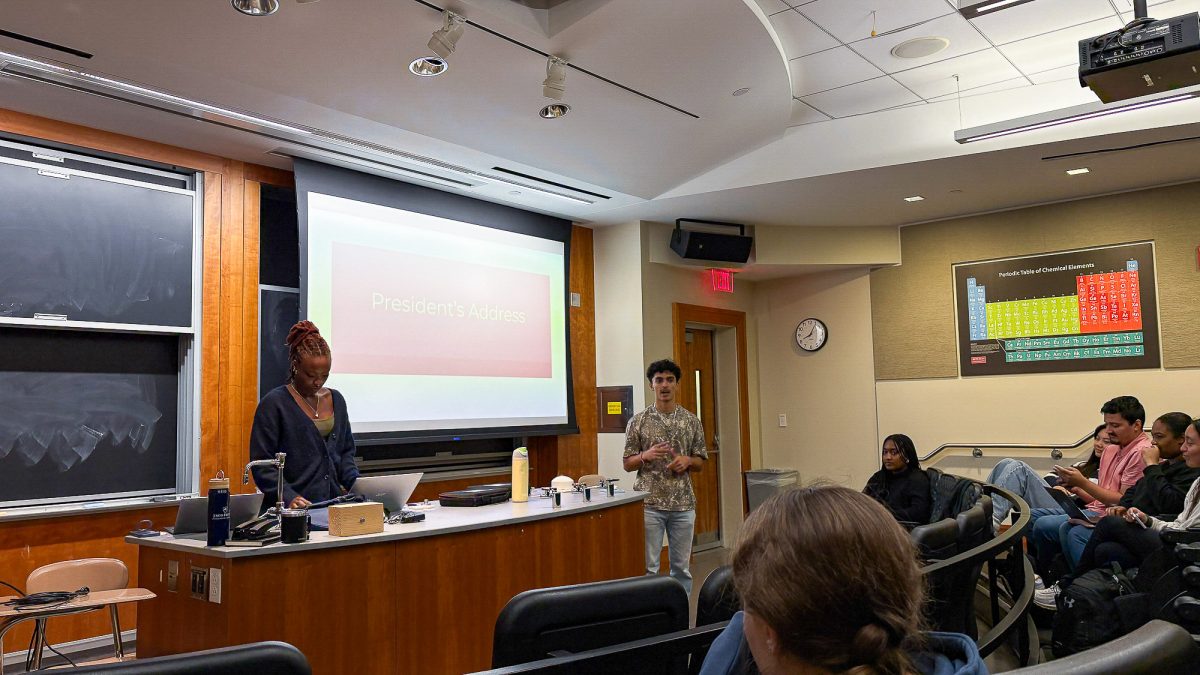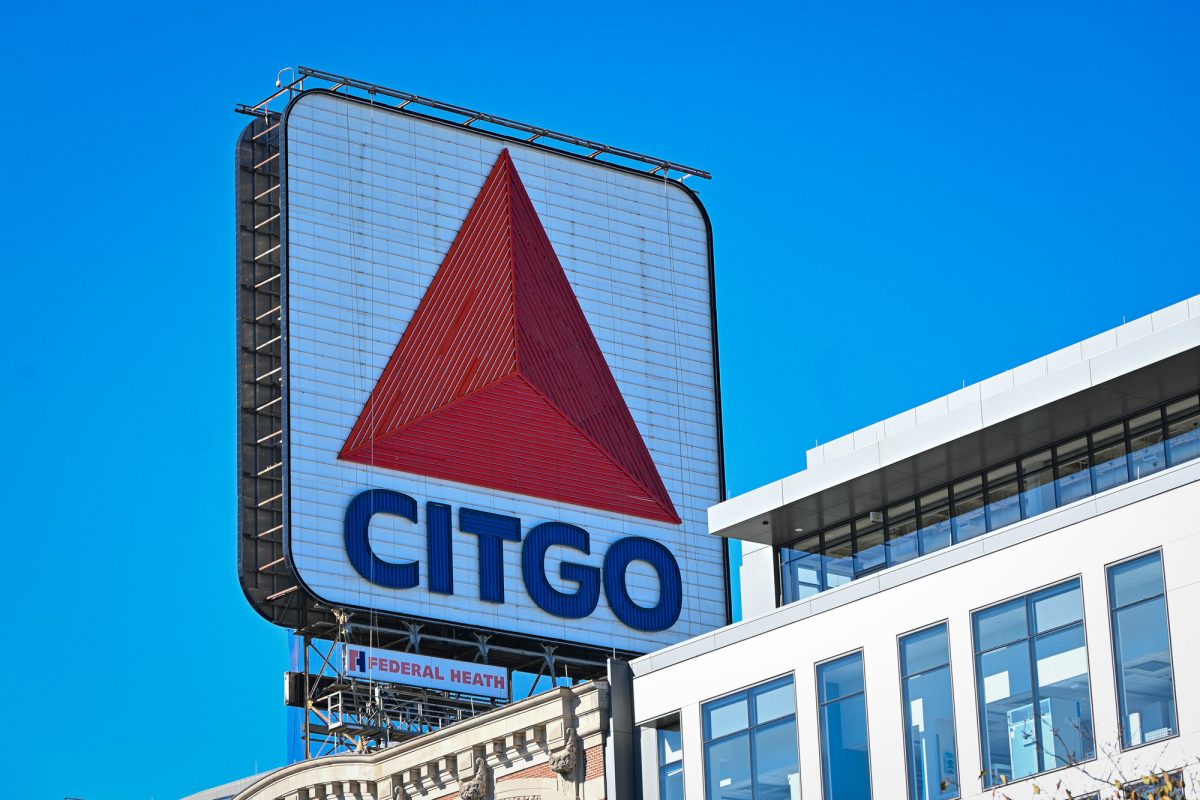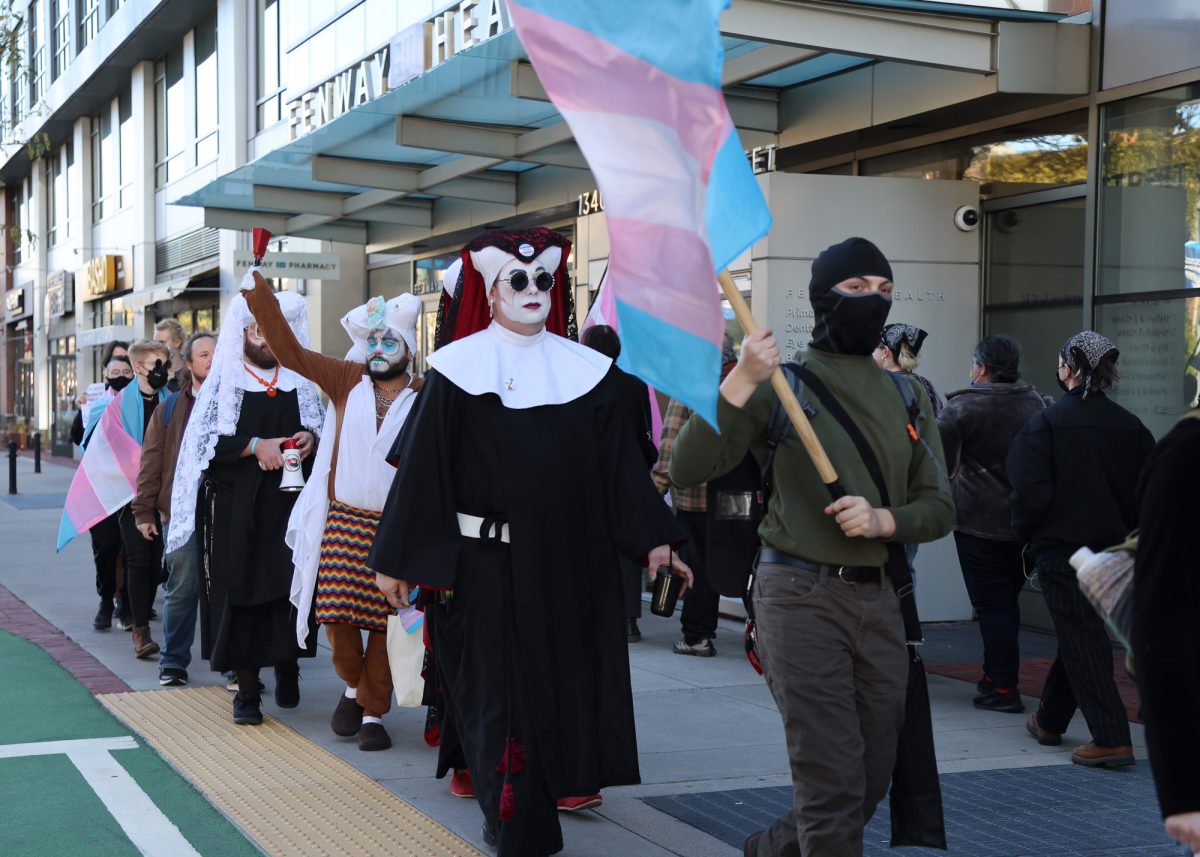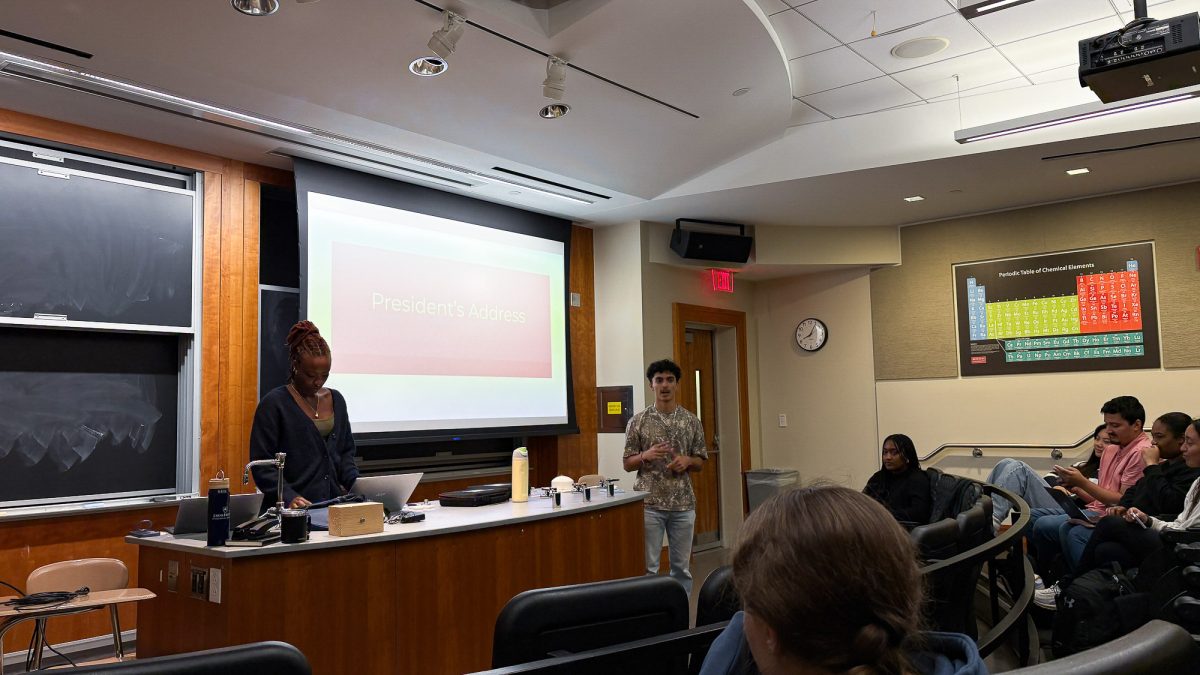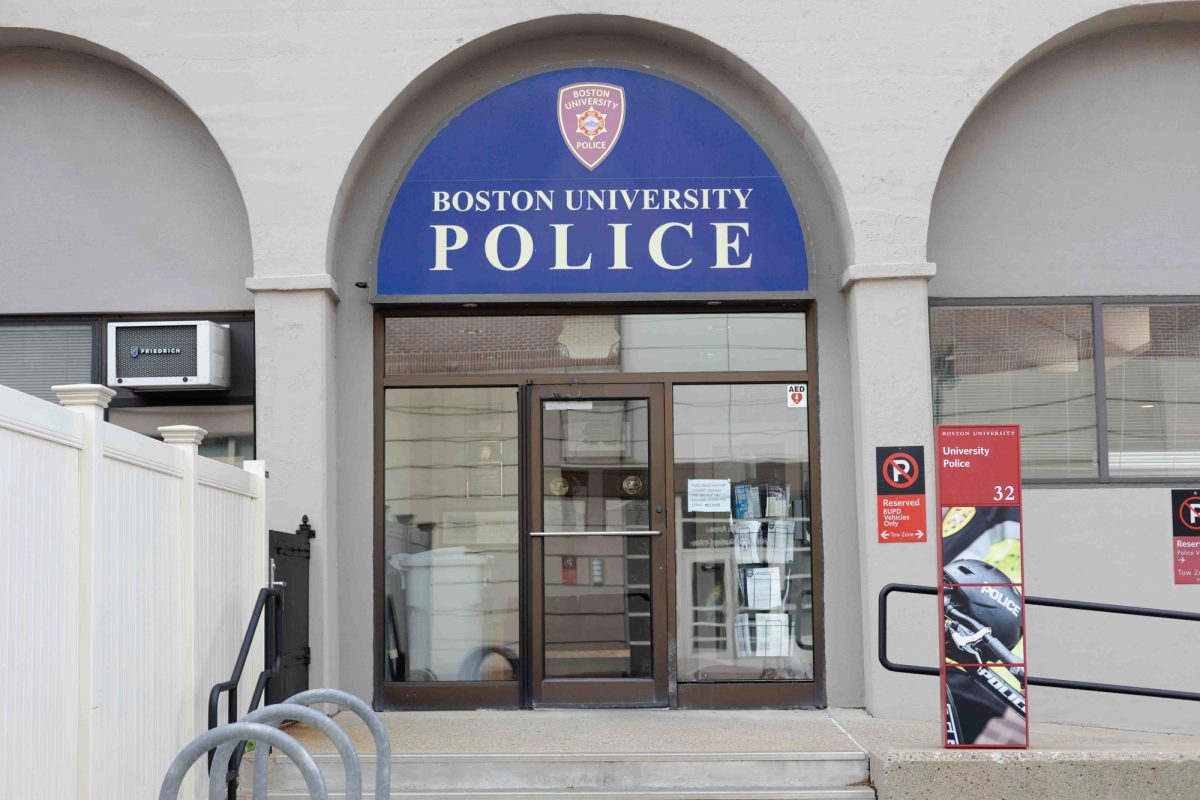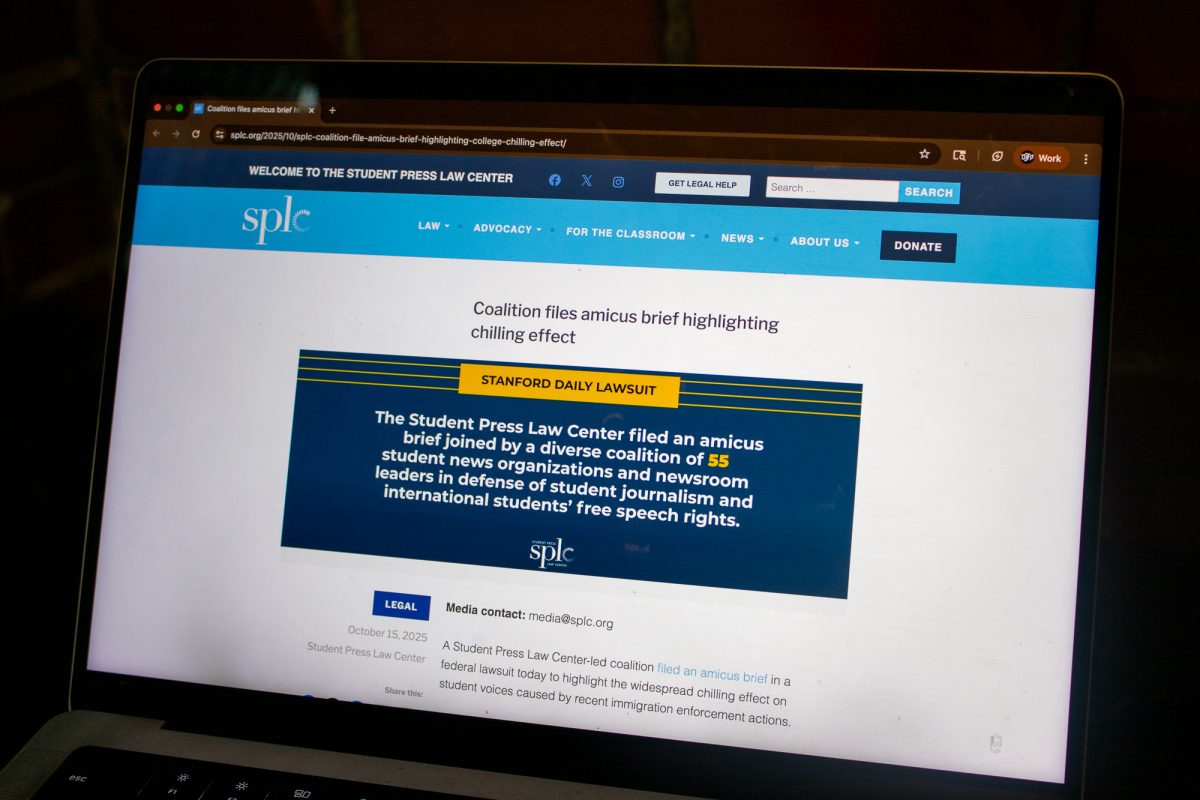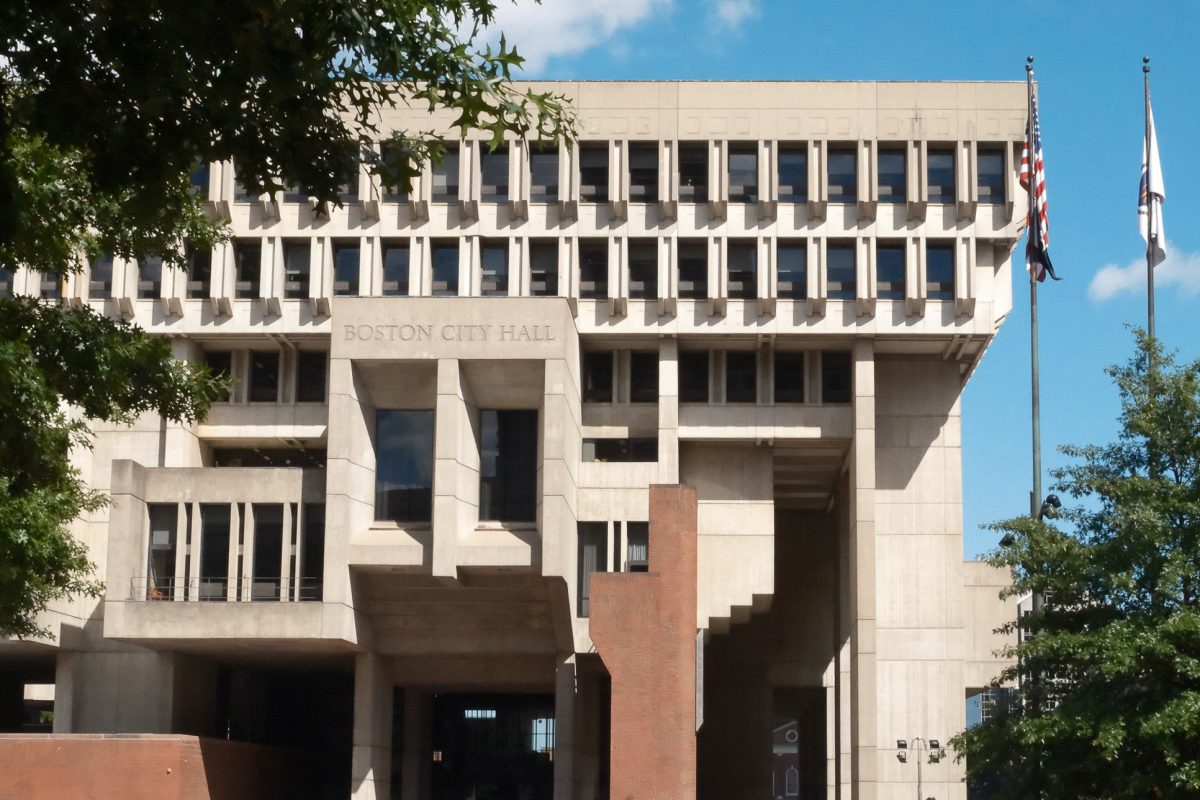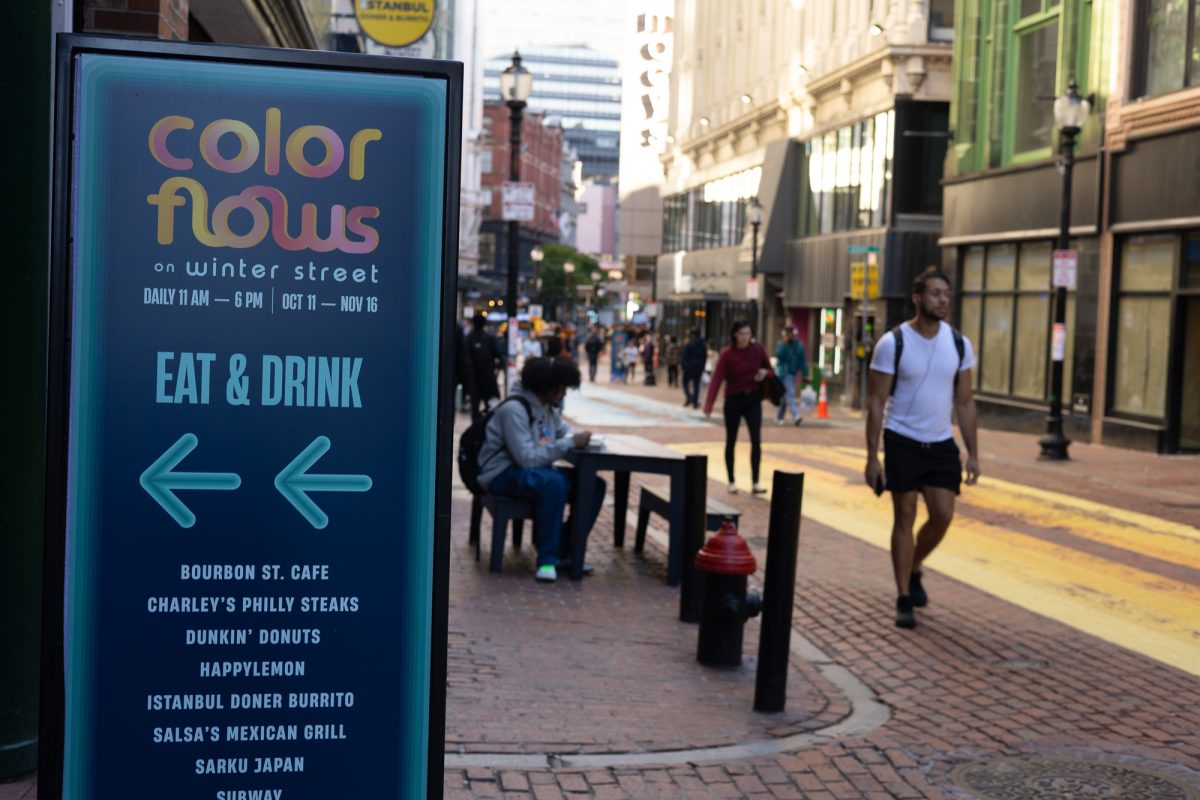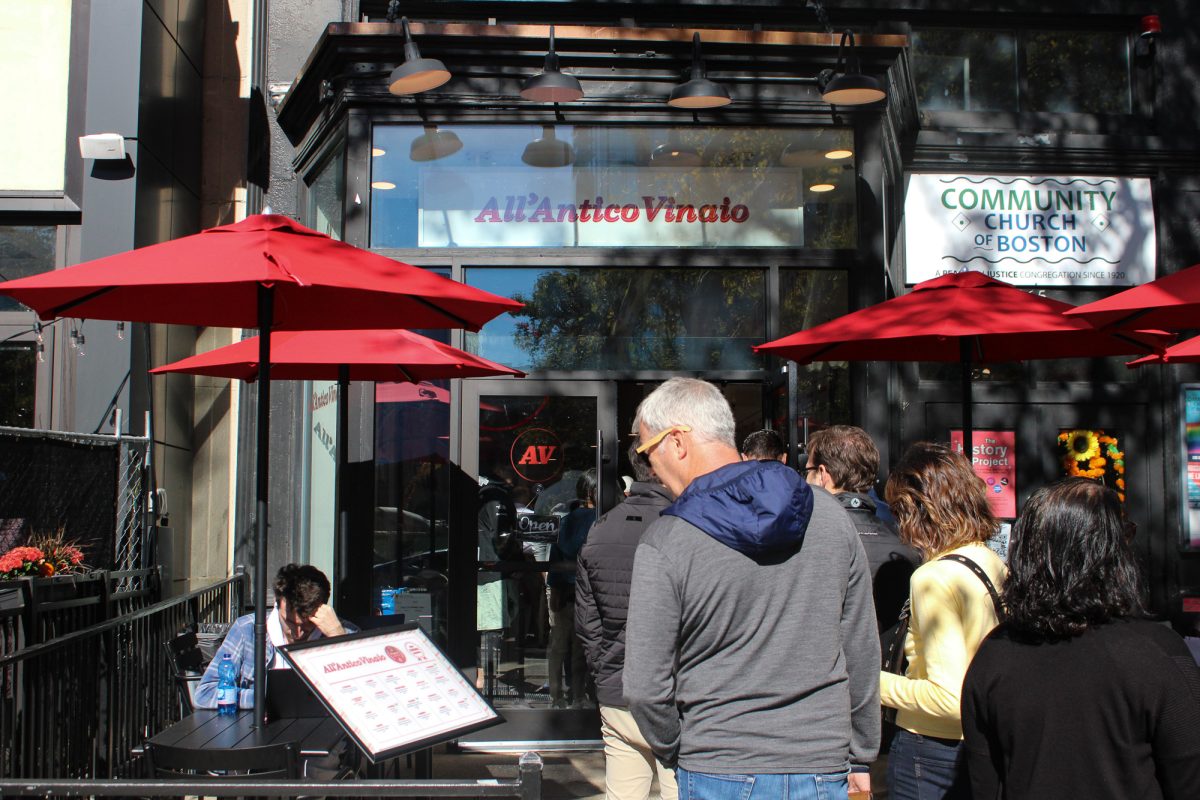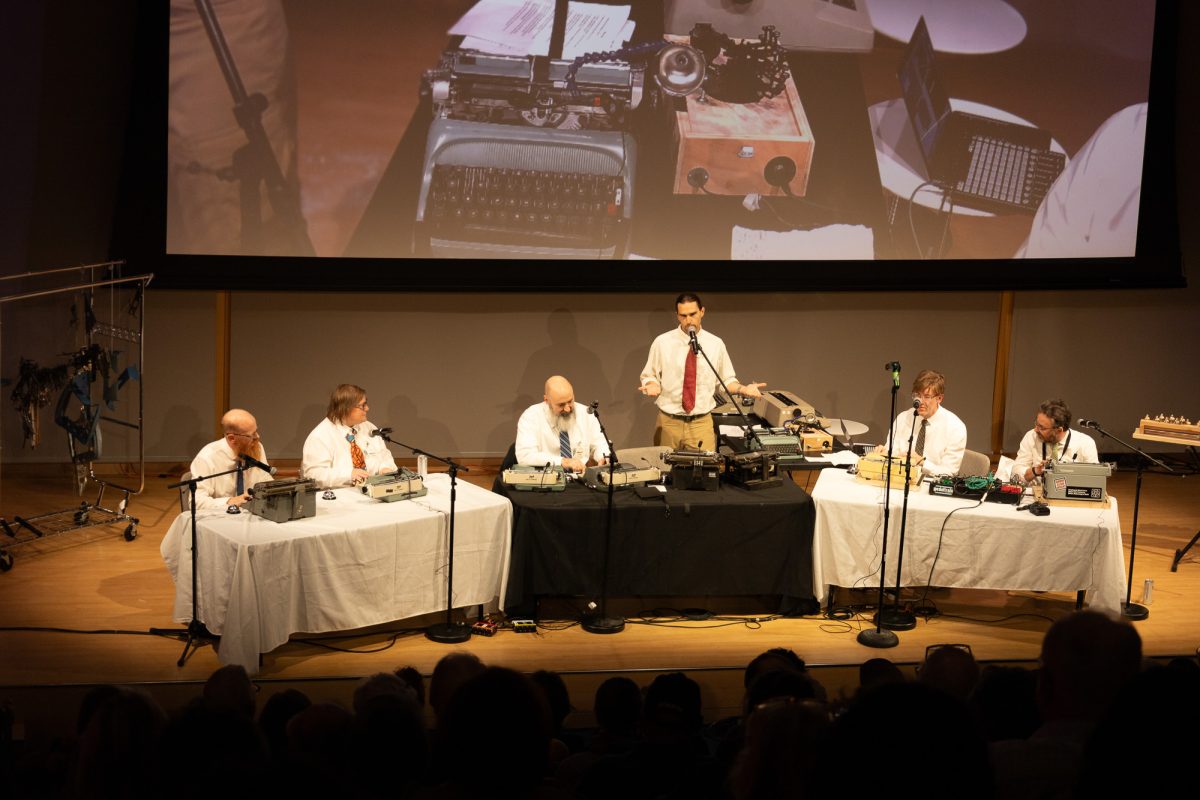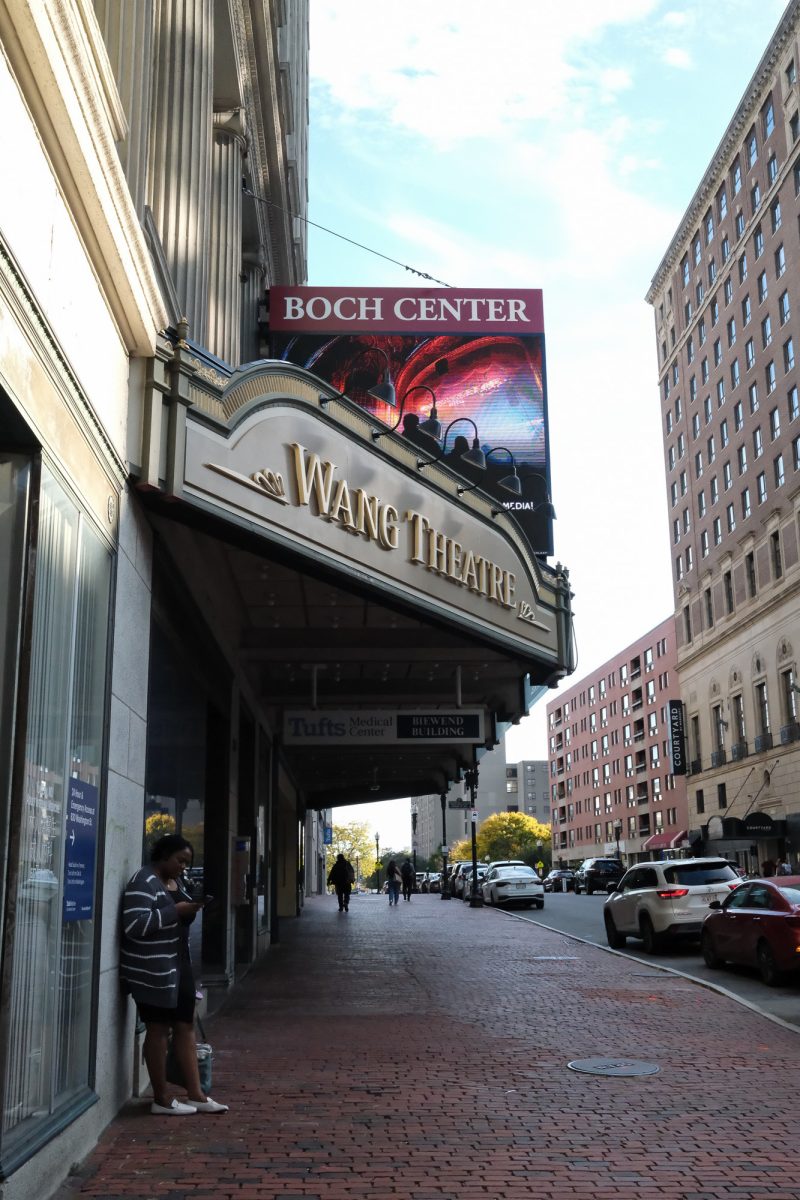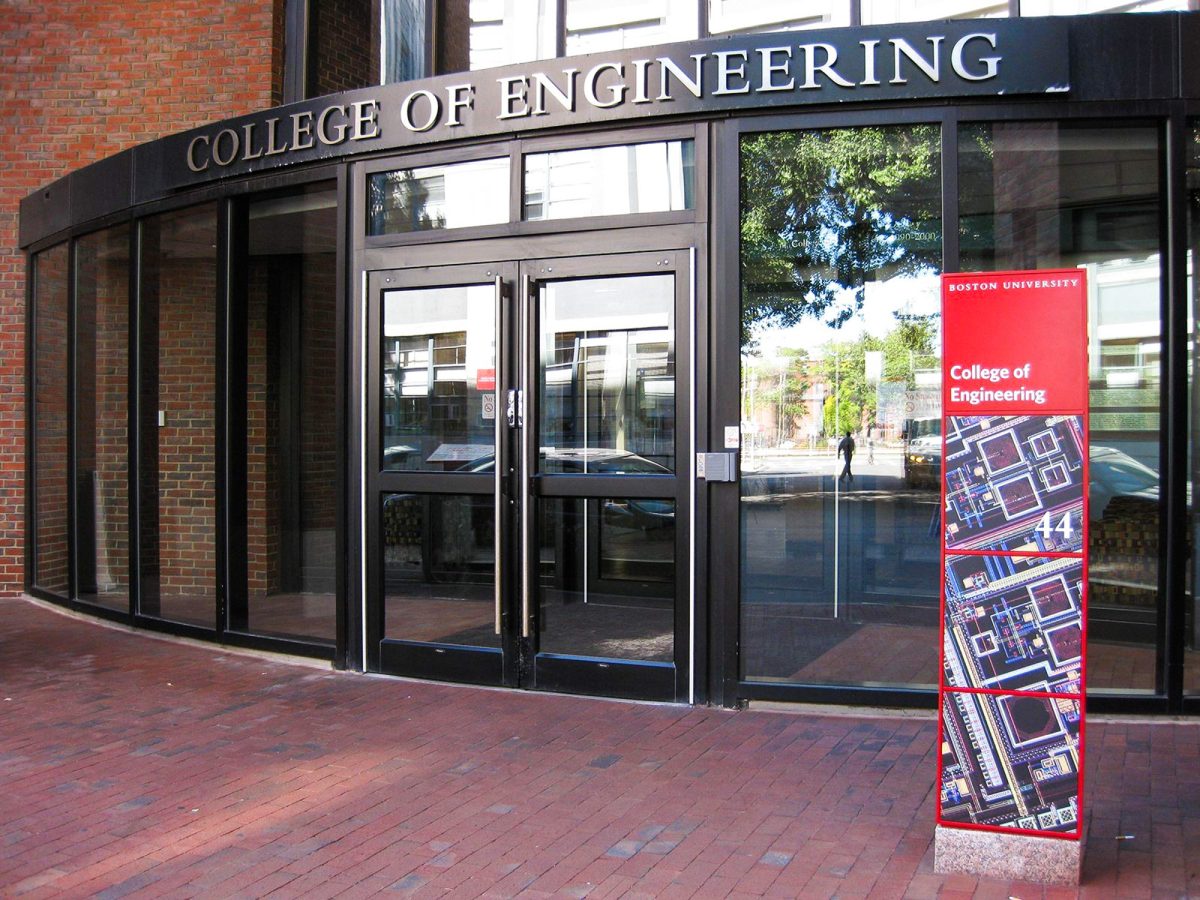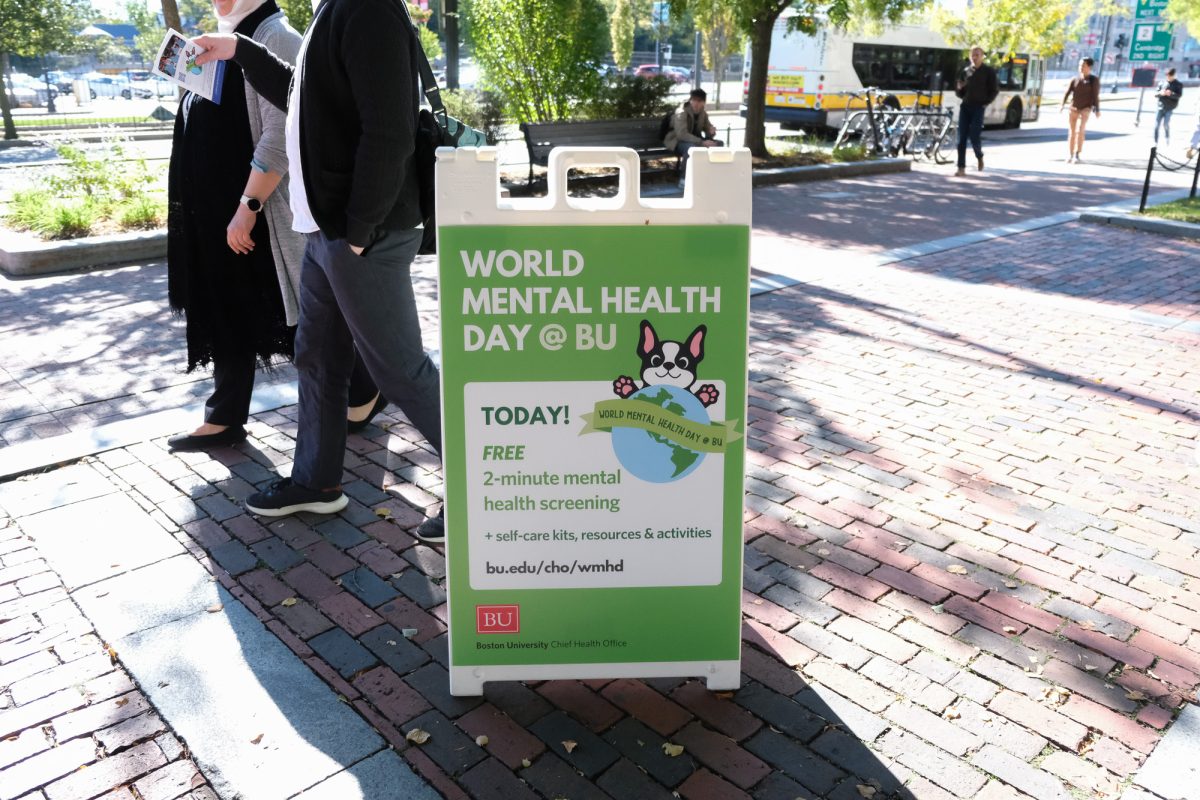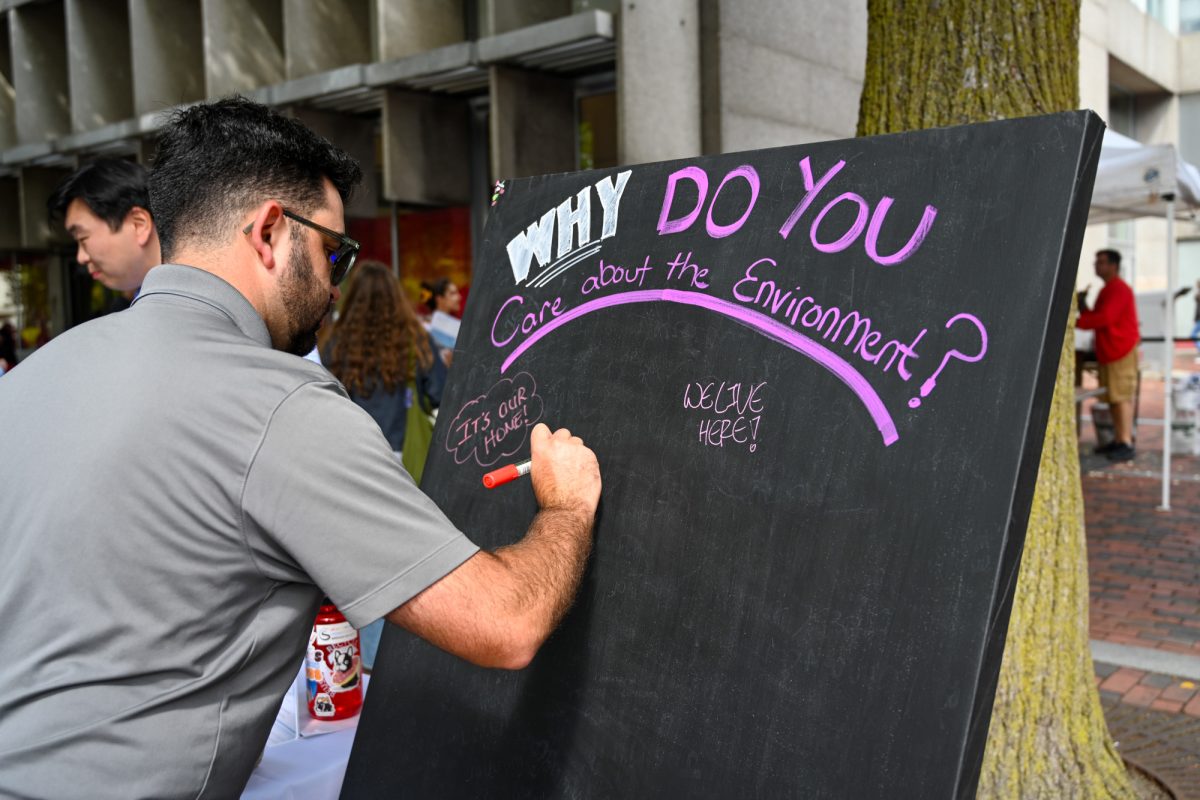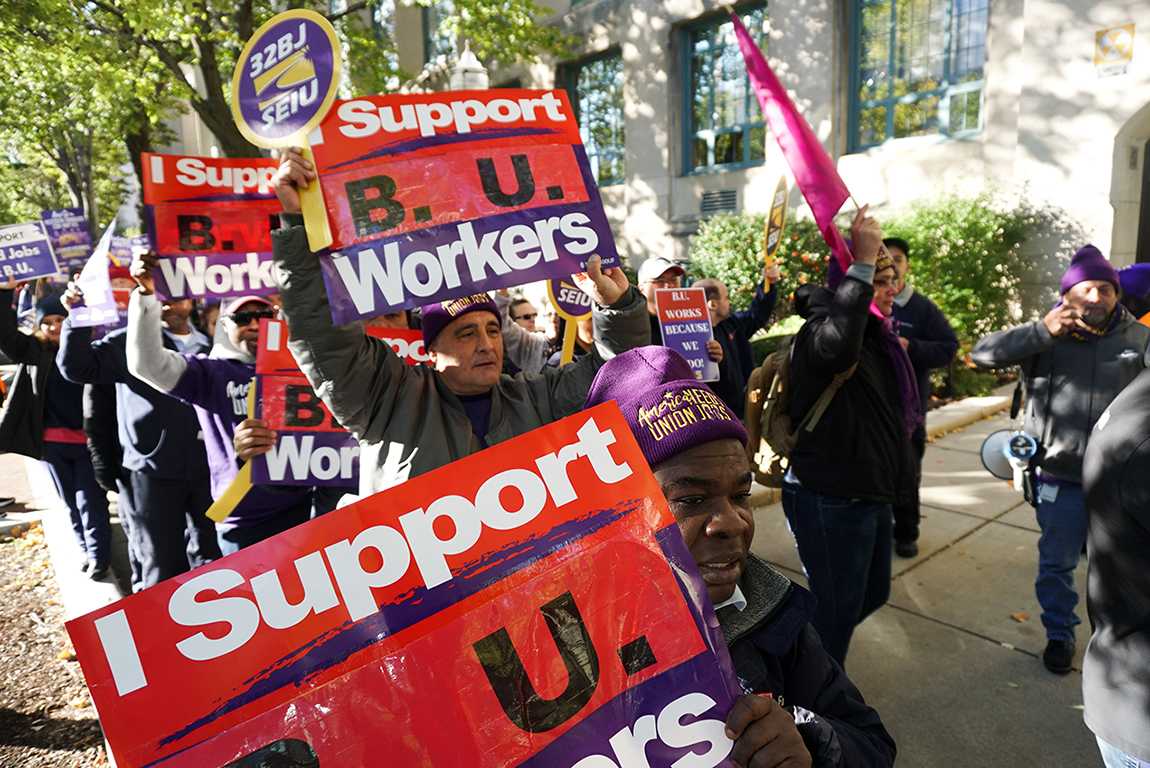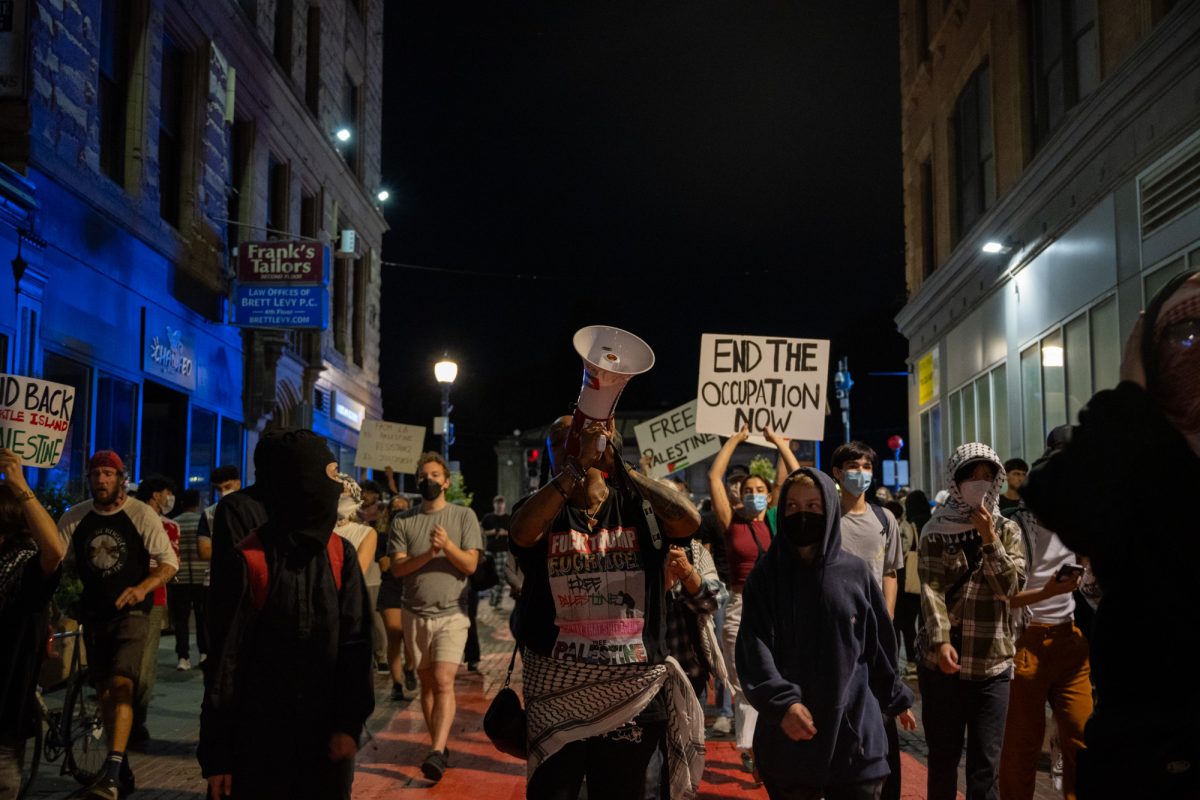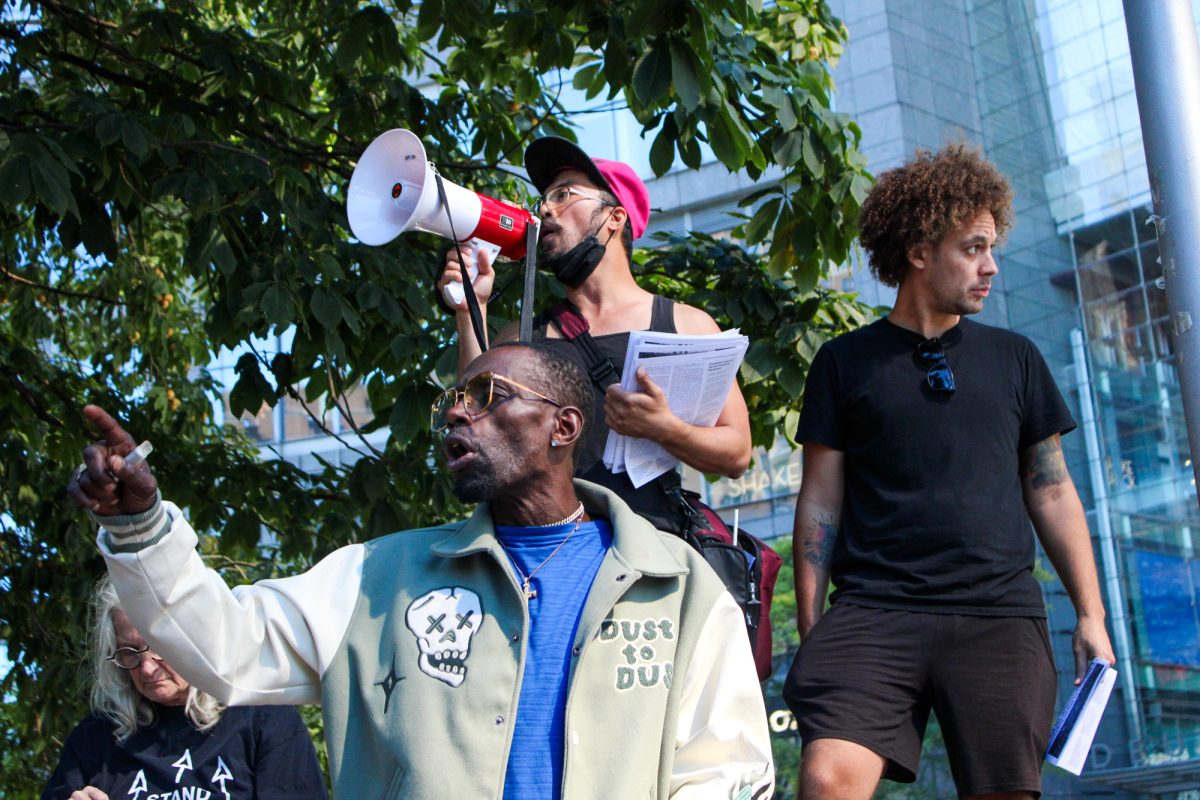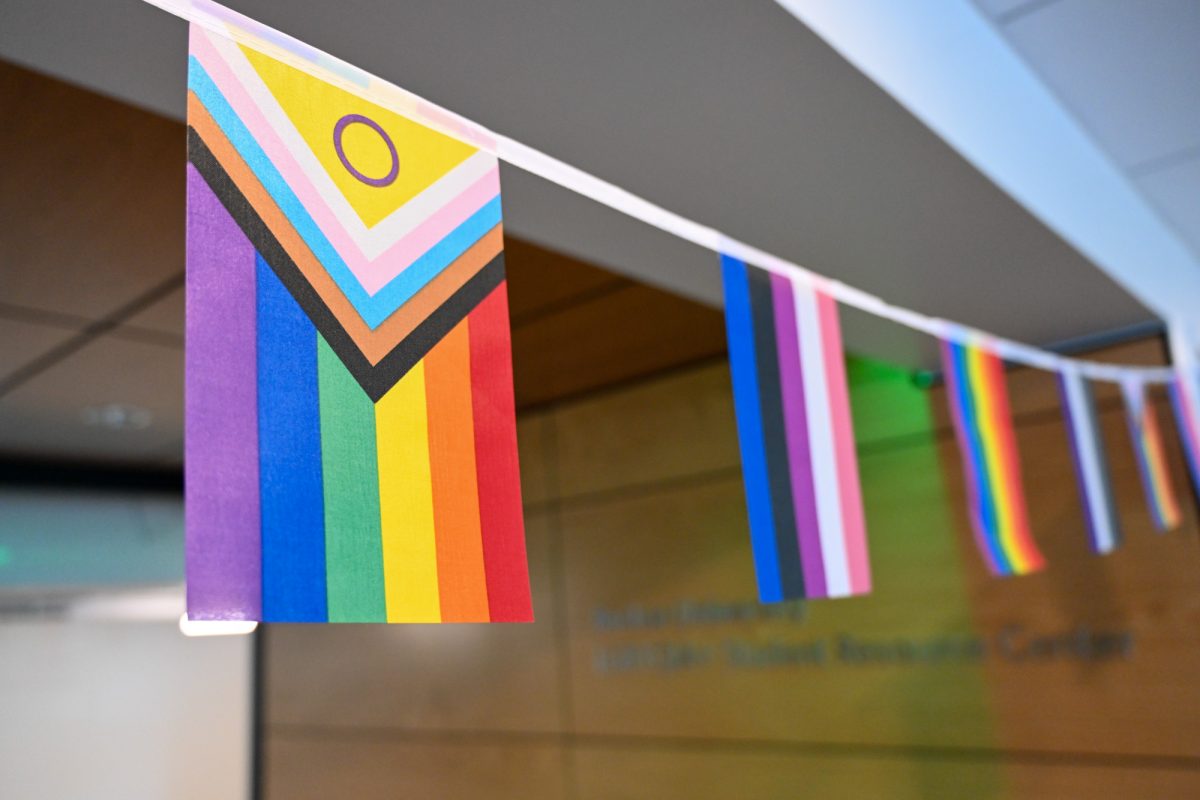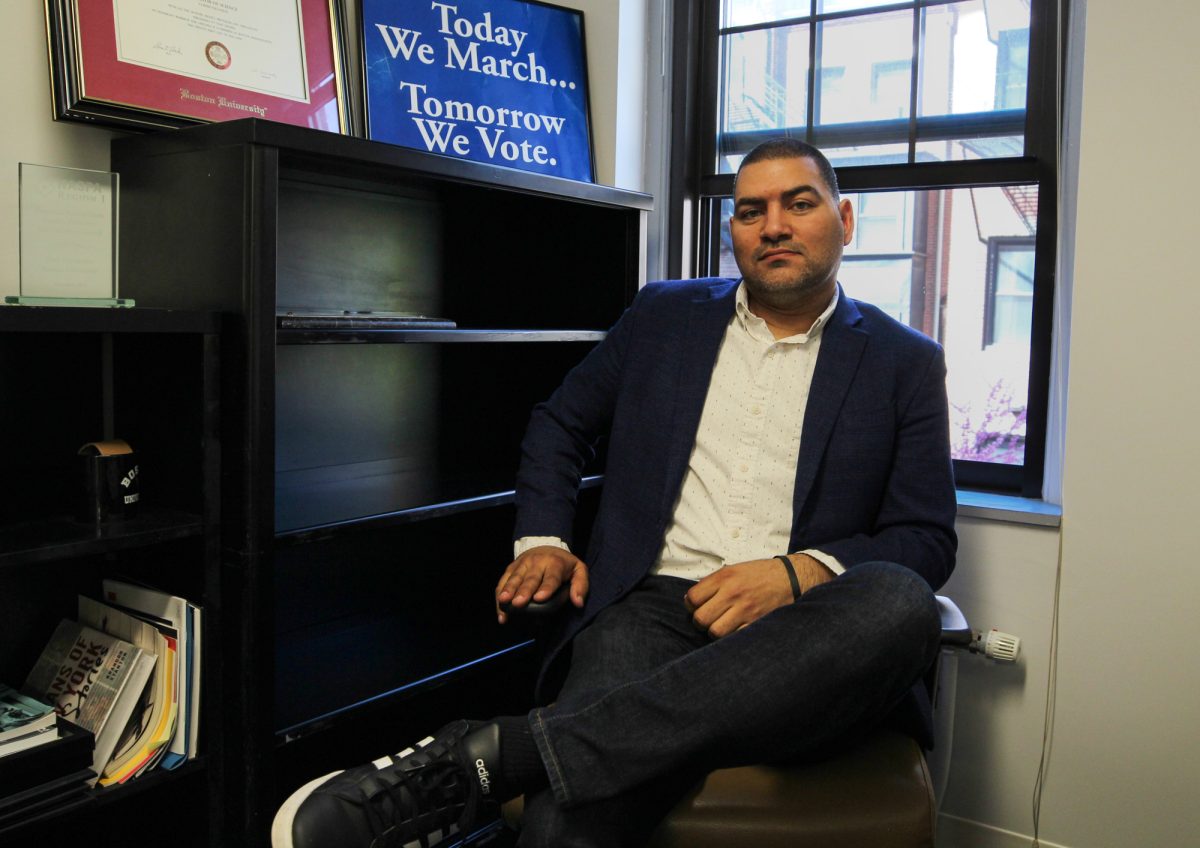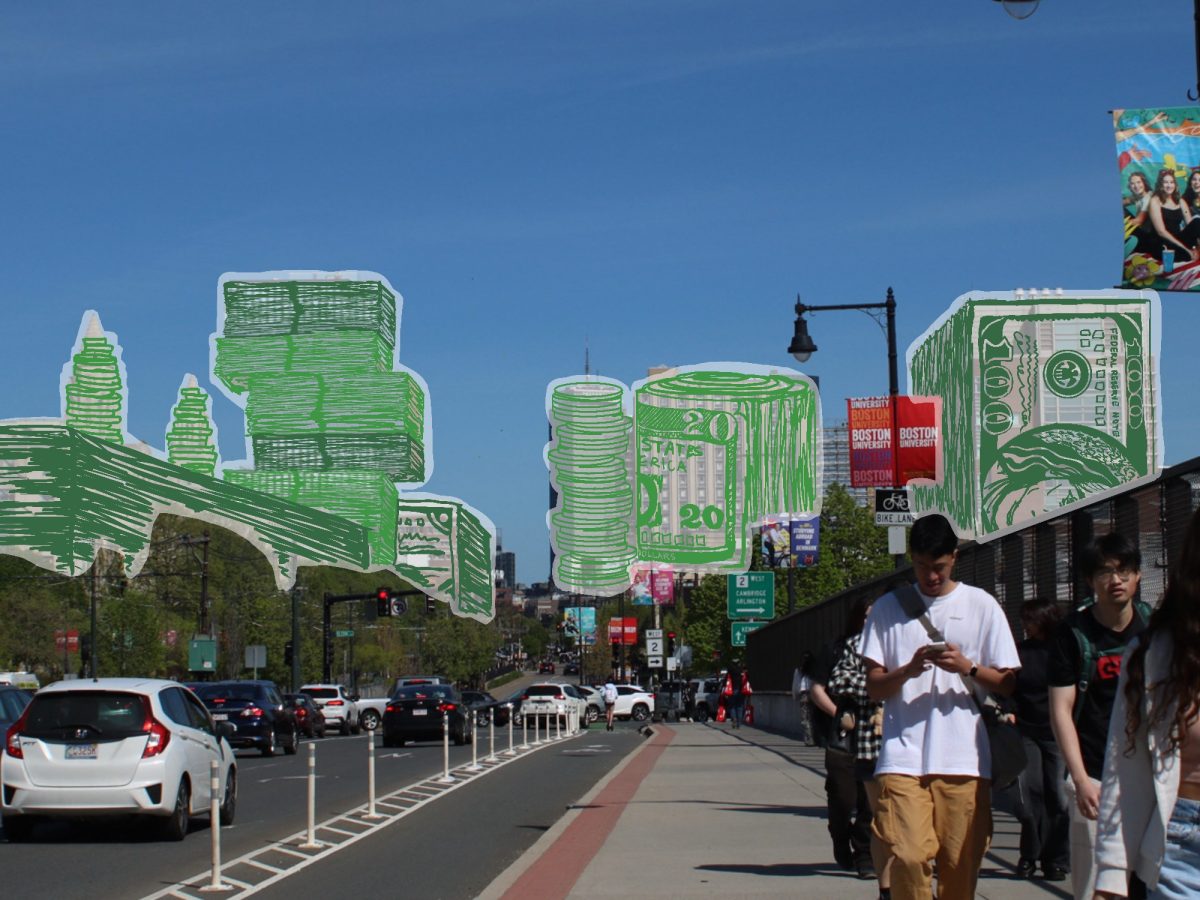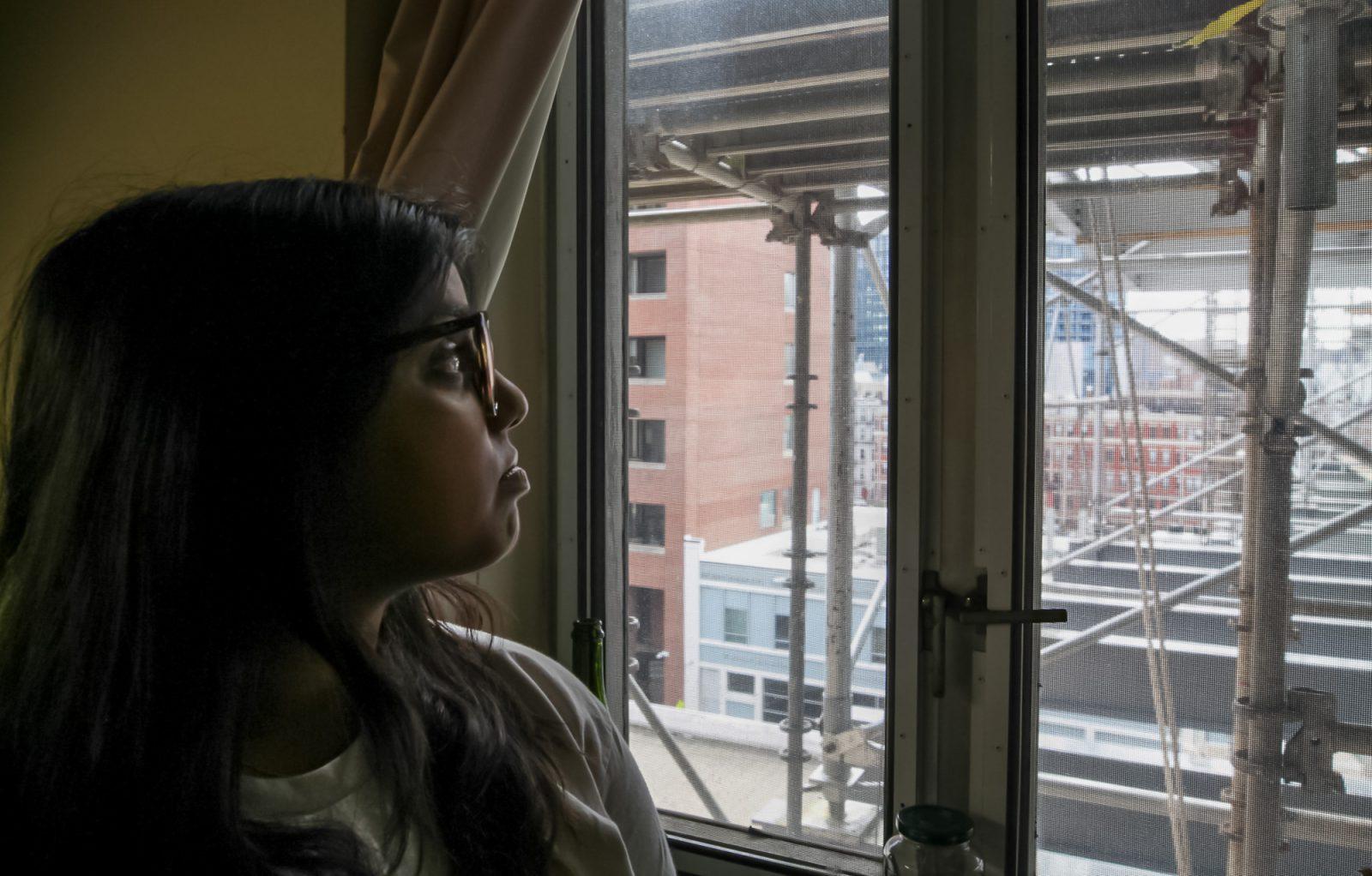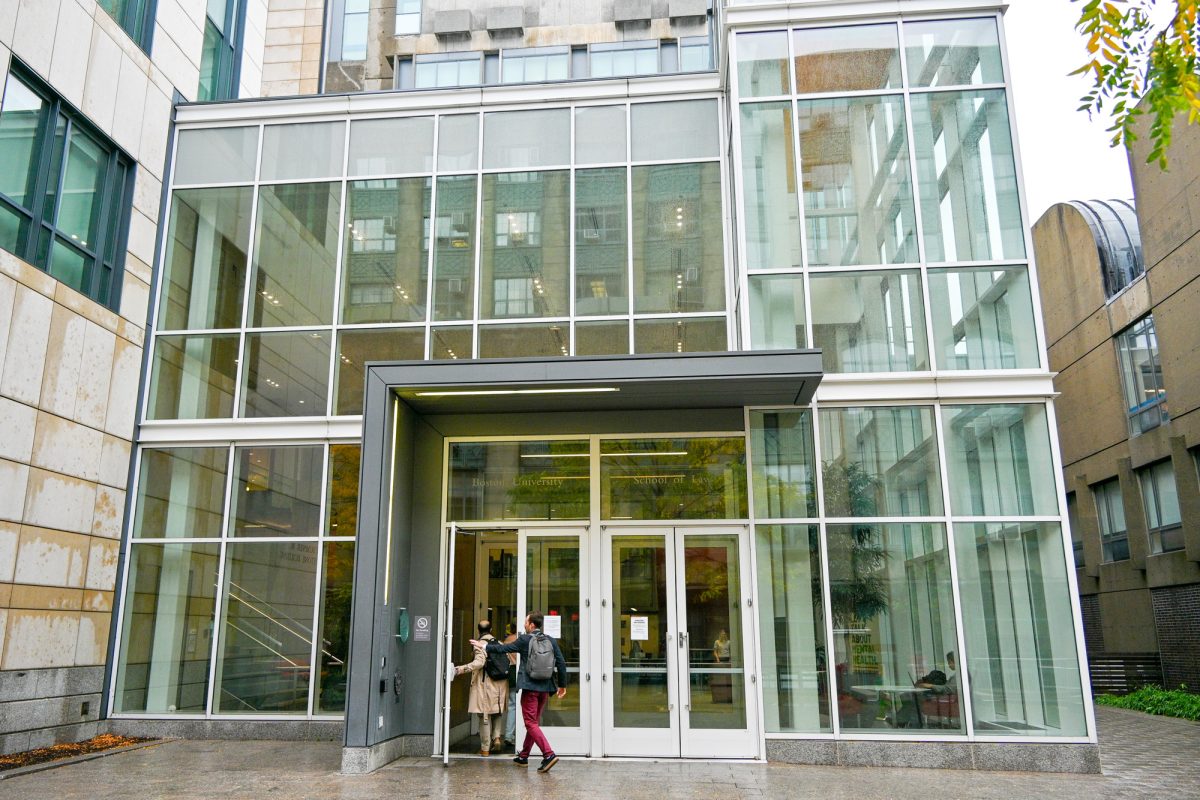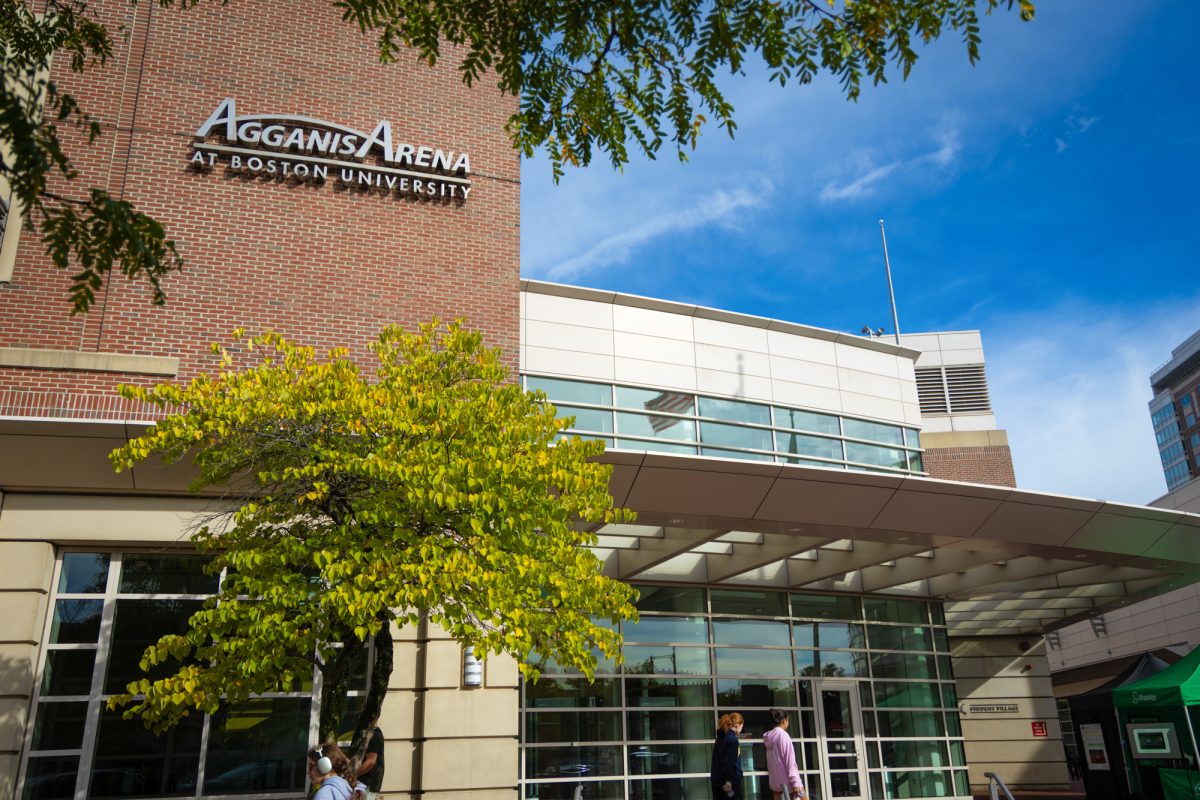Boston’s CITGO sign, the historical landmark of Kenmore square, is being repositioned in hopes of preserving the Boston skyline amidst Kenmore’s redevelopment.
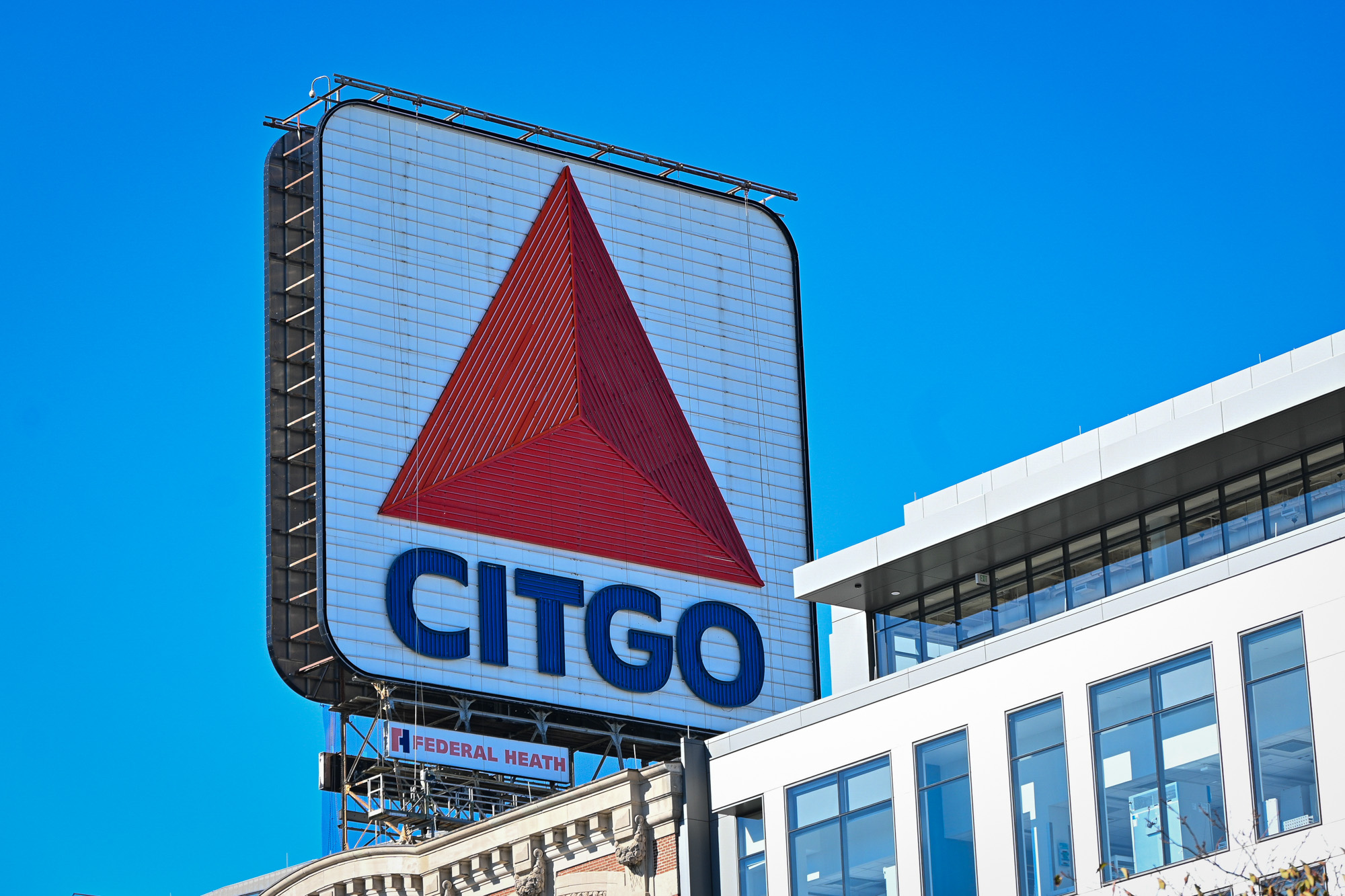
While the sign is moving, its historic place in Kenmore remains unchanged. After its completion, it will sit 30 feet higher and 120 feet east of its current location as part of the final phase of the Beacon Kenmore Square Redevelopment Project, according to a statement sent to The Daily Free Press by Karl Schmidt, vice president of marketing and supply at CITGO.
The sign finds its new home on the roof of 660 Beacon St., the approved location prepared to receive the structure, Schmidt wrote.
The sign currently shines a glowing beacon of light on the Boston community, most notably overlooking Fenway Park and signaling the final leg of the Boston Marathon.
“The CITGO sign is a beloved treasure for Kenmore Square and residents across Boston,” said Boston Mayor Michelle Wu, in an Oct. 15 press release. “I’m thrilled and grateful that so many partners came together to preserve this iconic Sign for generations to come.”
Boston University junior Lina Nassif said she viewed the Citgo sign as a landmark when she first arrived on campus.
“As a freshman, I think I would definitely try to point out landmarks just to get myself around,” Nassif said. “My friend goes to Northeastern … [W]hen she was coming to BU for the first time, she [didn’t] know her way around. I would also use [the CITGO sign] to navigate her.”
Even though the sign’s overall height and dimensions will stay the same, Schmidt wrote, the location it will be repositioned to will “reestablish the original lines of sight” that have been obstructed.
Installed in 1940 as a Cities Service Sign, the 60-foot by-60-foot sign donning the company name and triangle symbol took its famous appearance from the company’s rebranding in 1965, Schmidt wrote.
However, throughout the years, the sign faced challenges in its preservation.
A brief dark period occurred from 1979 to 1982 when the sign’s light shut off due to oil shortages, leading to discussions of removing the sign altogether. But public outcry in response ensured its place within the city.
In 2018, CITGO Petroleum Corporation and developer Richard Beal signed a 30-year agreement that guaranteed the sign’s presence in Kenmore Square for decades.
The sign’s repositioning effort also includes plans for its restoration, funded by CITGO. The project will erect a new truss structure for improved stability built into an anchor on the roof of 660 Beacon St., according to Schmidt’s email.
Ethan Foley, a 26-year-old department manager at REI, said he drives by the CITGO sign every day on his way to work. Although he does not have a strong personal connection to it, Foley said the sign’s presence is a recognizable part of the city.
“I like looking at it,” Ethan said. “It’s like the little gas tanks on I-93 South that have a little paint. It’s just a familiar sight in Boston.”
Schmidt said the redevelopment project team will coordinate closely with all stakeholders, aiming to shorten the length of time the sign is required to stay unlit during the restoration process.
Work for the project is expected to start in the close future, with Suffolk as the selected contractor of record, Schmidt wrote.
According to the Oct. 15 press release, John Fish, founder, chairman and CEO of Suffolk, said he recognizes “the cultural significance of the CITGO Sign and what it represents for Bostonians and visitors.”
“This project is unique because it will allow us to combine the past with the future,” Fish said. “We will leverage the most sophisticated, state-of-the-art technologies, tools and data to ensure this historic Sign remains a defining part of Boston’s skyline for generations to come.”

